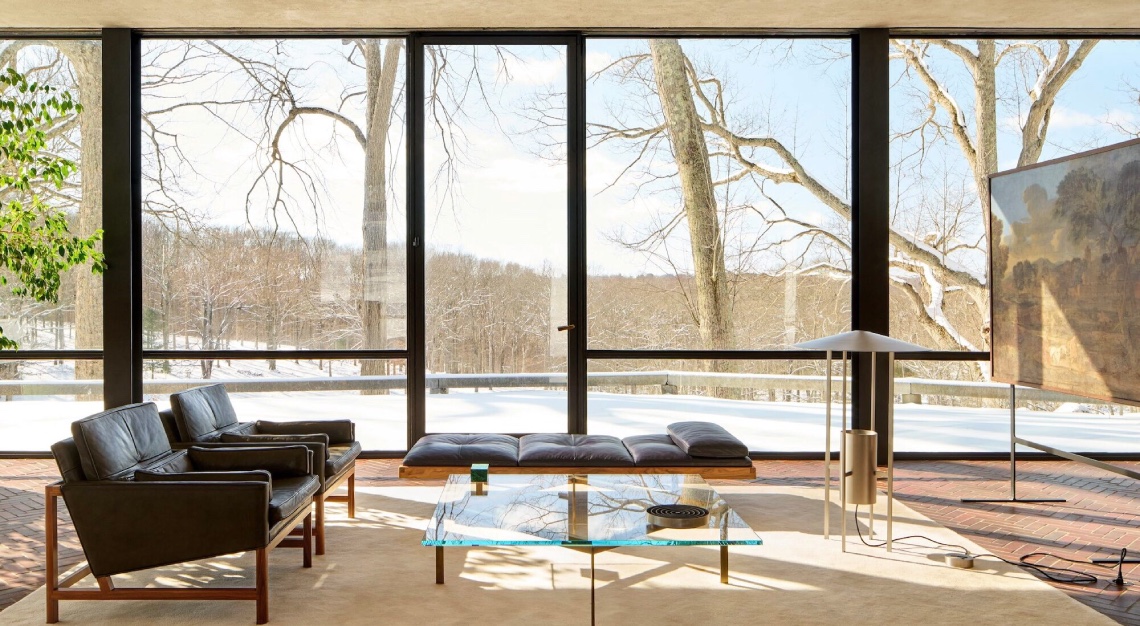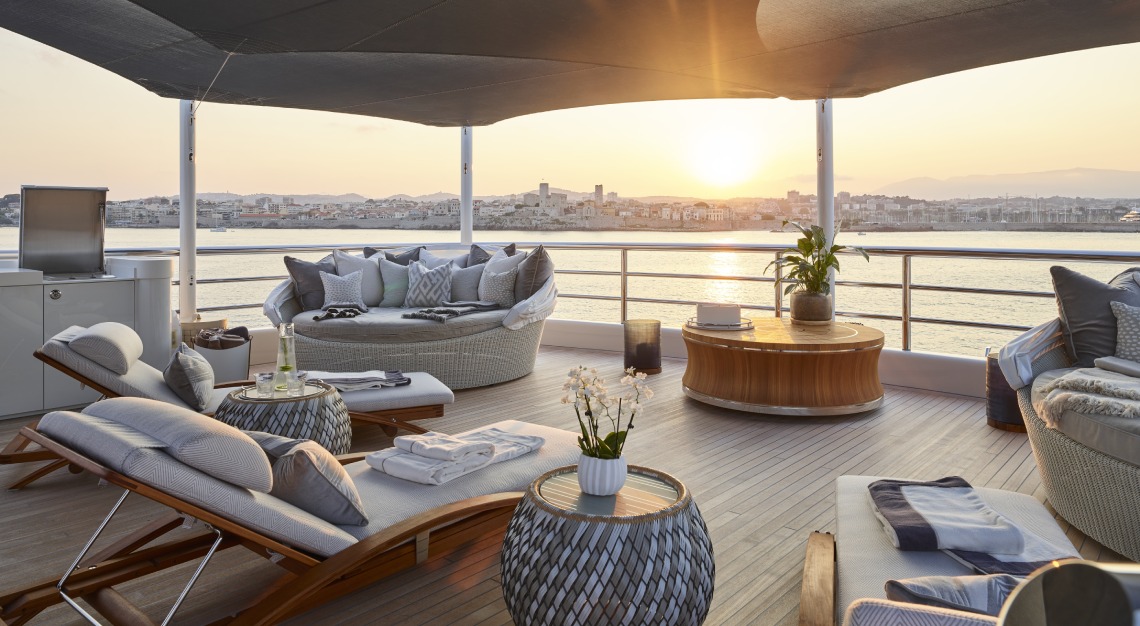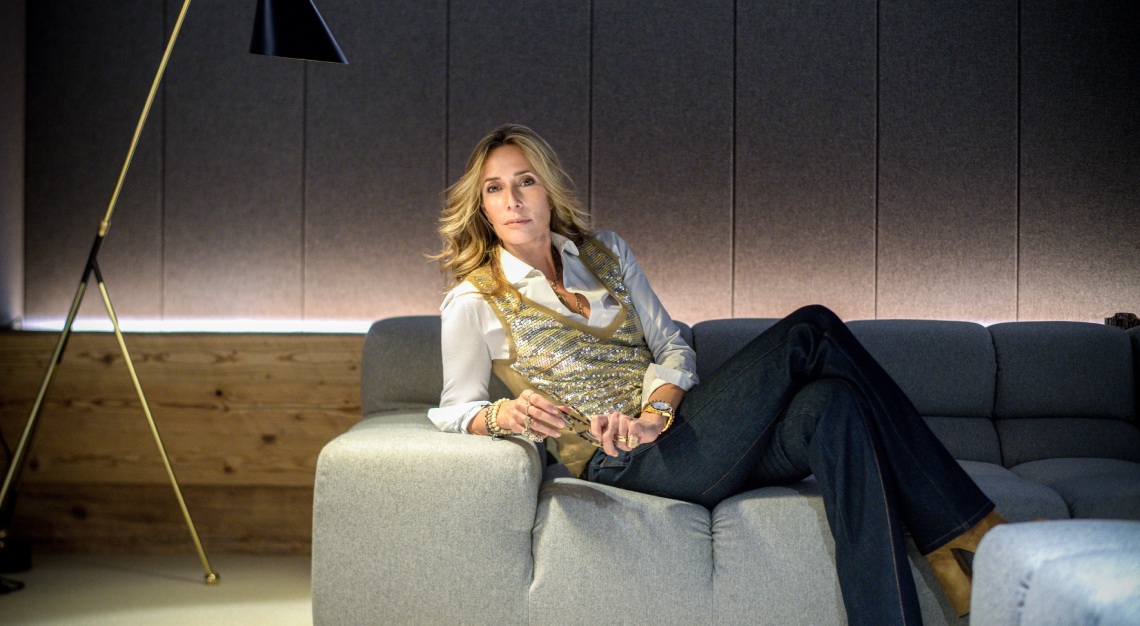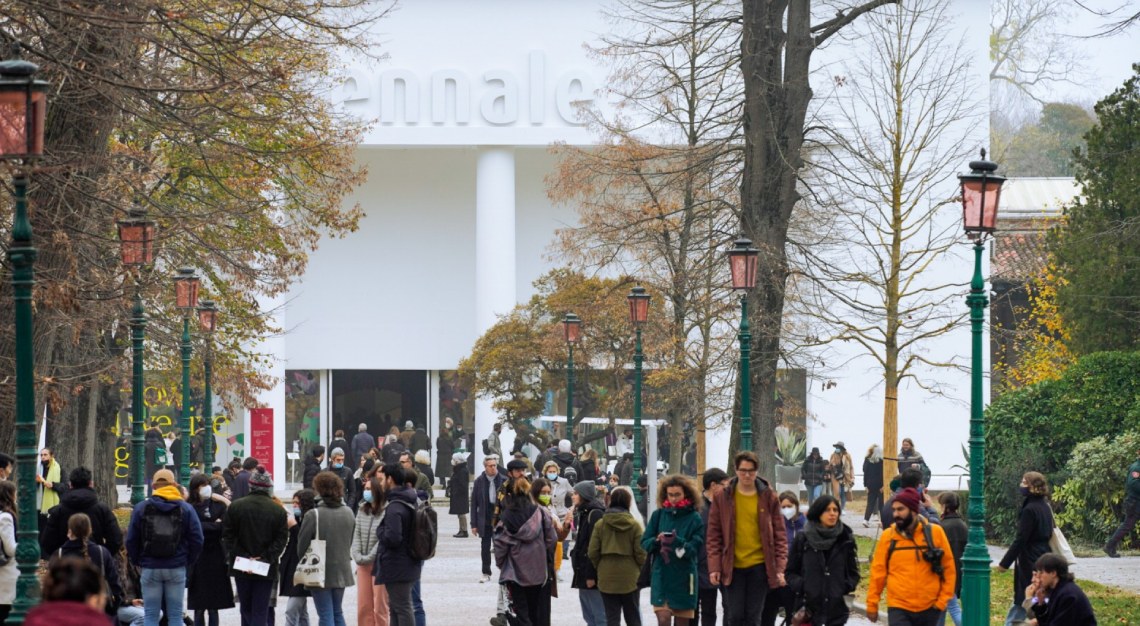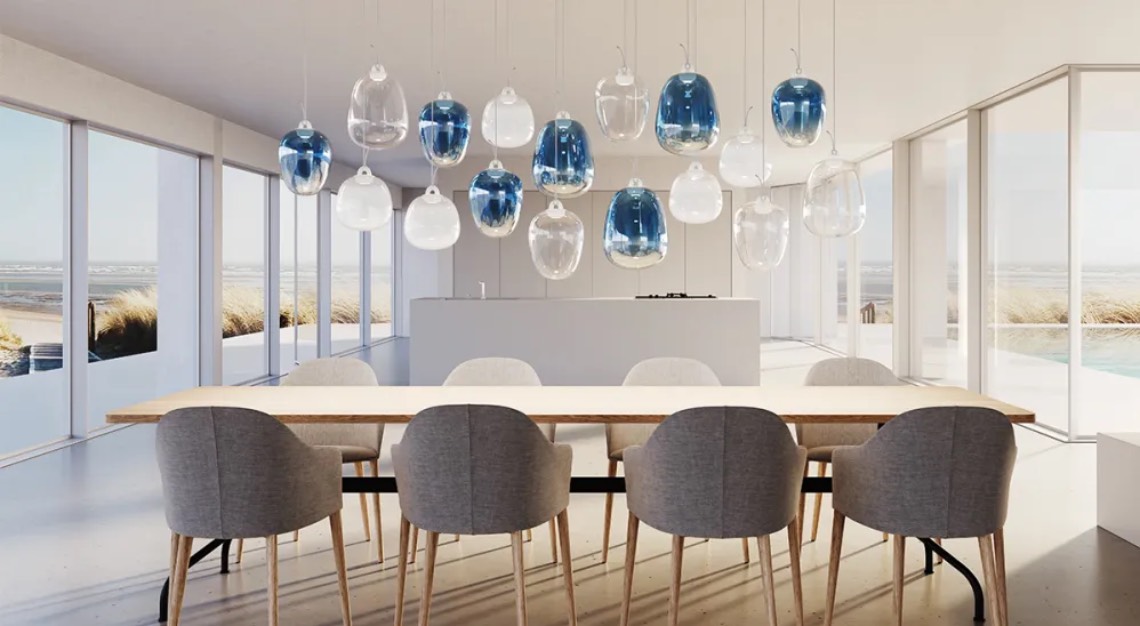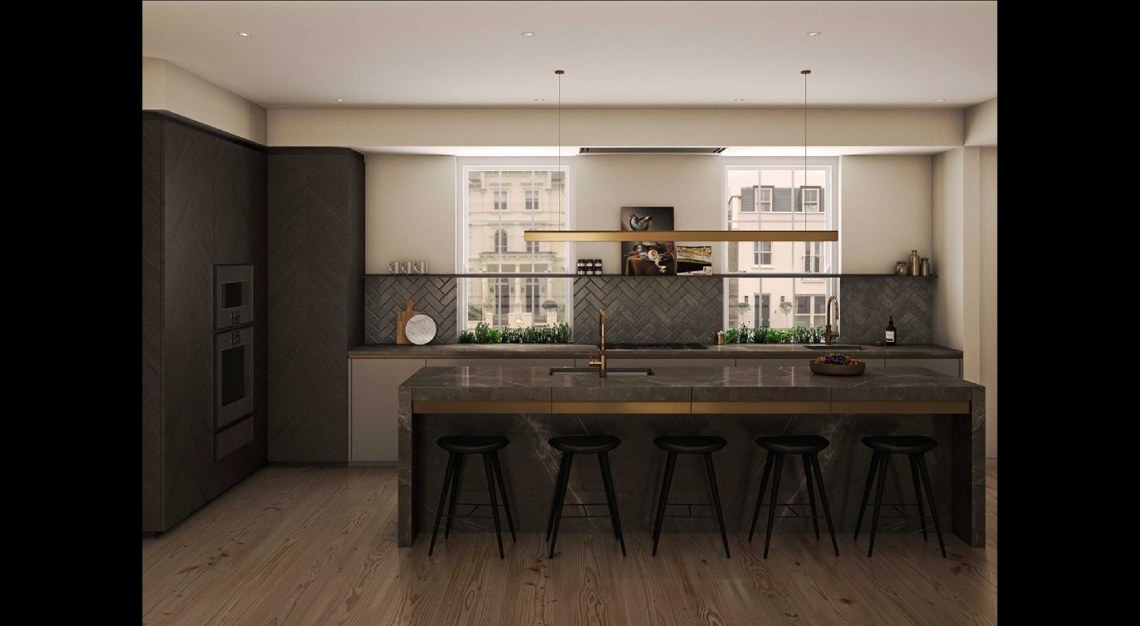Developed in 1953, the Philip Johnson and Richard Kelly floor lamp was a solution to lighting a house full of reflections
When Philip Johnson and Richard Kelly developed a lamp in 1953, it wasn’t an exercise in design theory but a response to a real architectural problem: How does one illuminate a house defined by expansive glass windows? Johnson had just moved into the Glass House—his 1949-designed masterpiece—in New Canaan, Connecticut, and reflections were an issue. Installing a single light bulb could mean seeing six.
With the help of the late lighting designer Richard Kelly, a floor lamp was born. Part Mackintosh and part Mies, it comprised a cylindrical canister topped with a conical shade, and a concealed bulb that would cast light upwards. With the light reflecting off the underside of the aluminium shade, it introduced a soft, even glow to the room without interrupting the view or the continuity of architectural lines. At night, it minimises glare and eliminates any visual noise.
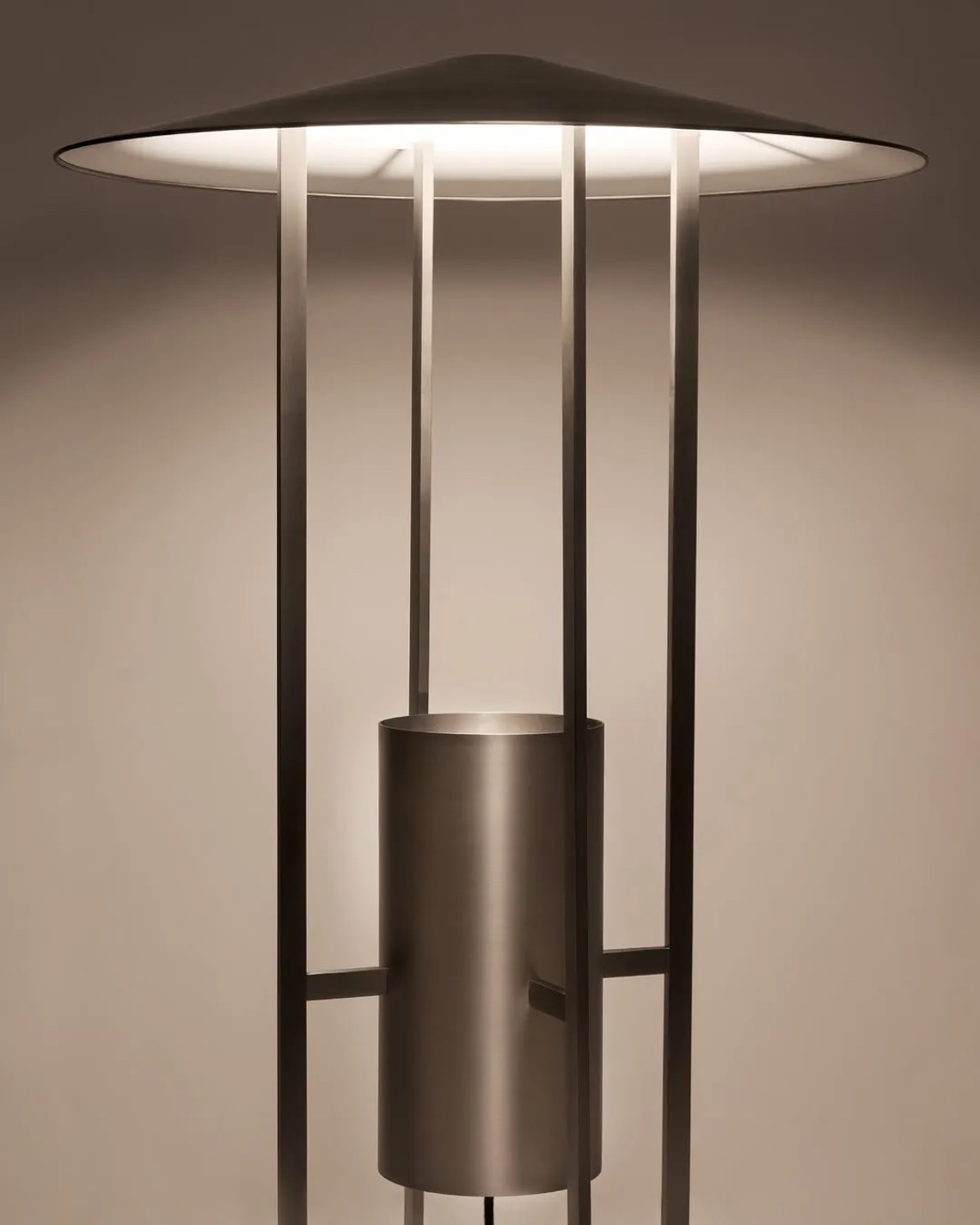
This discreet definition of space through light alone was defined by Kelly as “focal glow”. According to him, “it is the pool of light at your favourite reading chair… the shaft of sunshine that warms the end of the valley… the candlelight on the face… Focal glow draws attention, pulls together diverse parts, sells merchandise, separates the important from the unimportant, helps people see.”
The Philip Johnson and Richard Kelly floor lamp was eventually integrated into other projects, including MoMA trustee William A. M. Burden’s residence and the Tremaine Glass Barn. It even influenced Johnson’s later interiors, like The Four Seasons restaurant at the landmark Seagram Building in New York.
Today, the lamp’s legacy continues with a reissue by BassamFellows, when its co-founders Australian architect Craig Bassam and American creative director Scott Fellows moved into another Johnson-designed residence in New Canaan. Inspired to revive the design, which has been out of production since 1967, the BassamFellows’ re-edition preserves the essential geometry and material choices with a satin stainless steel canister and an aluminium shade that’s white within. The effect it has on a space remains the same—a theatrical but subtle piece of architecture that impresses the audience without dominating the stage.
Available at BassamFellows this autumn.
Featured photo by BassamFellows
